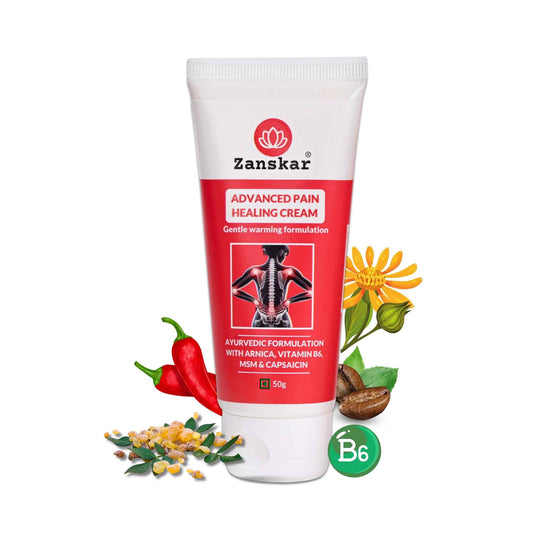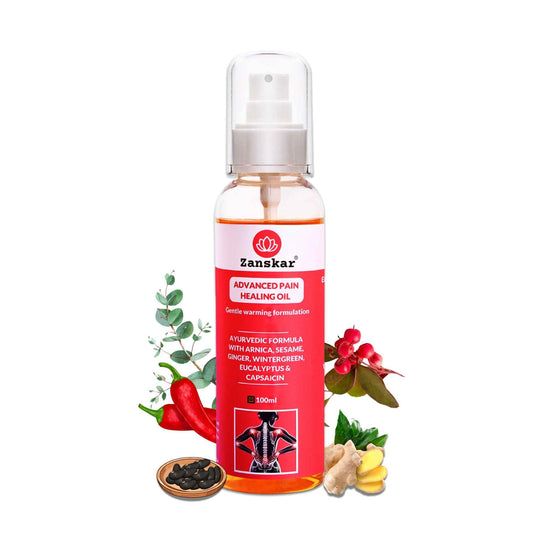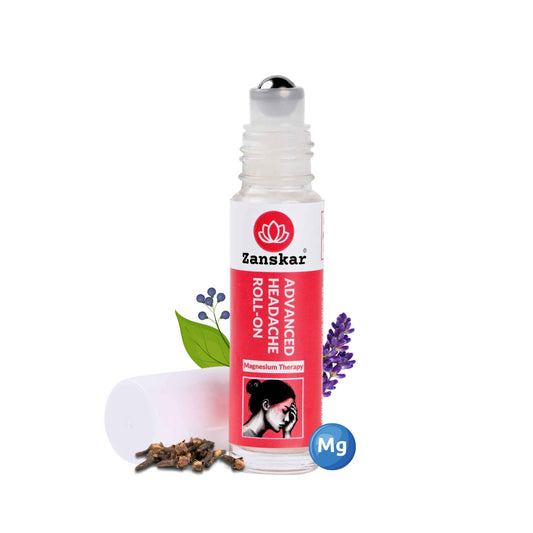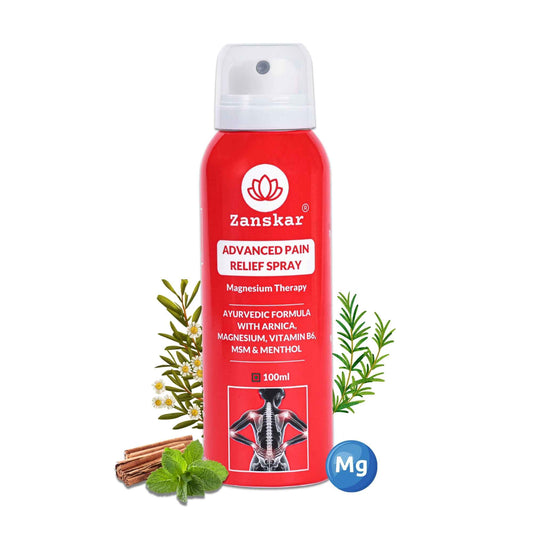
What Is ‘Jumper’s Knee’ Exactly? Tips and Exercises for Treating It from Pain Experts
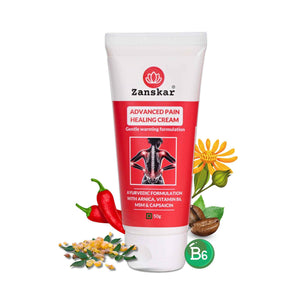
Jumper's knee, also called patellar tendinopathy, is a painful condition of the knee. It's caused by overuse of the knee joint, such as frequent jumping, running, and changing direction on hard surfaces. This strains the tendon, which can become inflamed with repeated stress. When you put a lot of force through the patellar tendon (by, for example, repeated jumping), it can contribute to inflammation in the front of the knee.
While that may sound bad, it’s something that your body is fully able to heal on its own. If your patellar tendon gets stretched or hurt, you can actually make it stronger and more resilient for the future, and it usually only takes a few weeks to get there.
What Causes Jumper's Knee?
The patellar tendon works with the thigh muscles to straighten your leg. Simply overloading the patellar tendon by doing more activity than normal can cause some pain, says Dr Rashi Goel, MPT, a physical therapist at Zanskar Health. “Often, weekend warriors are affected by jumper’s knee. For instance, if you normally play soccer once a week, but participate in a tournament and play six games over the weekend, you might hurt after that.“

Certain activities tend to put a high load on the patellar tendon. A top cause is — you guessed it — jumping. “Jumping creates a large load because you have to propel yourself up, plus slow yourself down when you land,” explains Dr. Goel. Other activities that are common contributors include sports like volleyball, and field (long jump or high jump), basketball, and weight lifting.
But that Doesn’t Mean You Should Avoid Those Activities
It’s normal for a sudden increase in a high-stress activity to bring on the pain if you haven’t done it in a long time.
Same with running. A sudden change in speed, frequency, or intensity of running can put some additional stress on the patellar tendon, which is why many runners develop jumper’s knee (not to be confused with runner’s knee)
Here’s the thing: Even if a new activity, or a change in activity intensity, brings on knee pain, it doesn’t mean you should avoid that activity or that your body can’t handle it. Quite the opposite, in fact. Your body is remarkably strong and adaptable. Incorporating strengthening and stretching exercises in addition to the activities you enjoy better prepares your body to handle a variety of loads and prevent pain from rearing its head in the future.
How to Treat Jumper's Knee
The following interventions can be used to treat pain related to jumper’s knee:
- Scale back for a short time. It’s okay to scale back on activity until the worst of your pain has passed, but it’s important to keep moving to help your body heal. You want to get back to your normal activities as soon as possible. If your pain came on after an active weekend, for example, take it easy for a couple of days and focus on gentle movement like walking and stretching to let the pain and inflammation subside, says Dr. Goel. If returning to your regular activities (e.g., running or jumping) causes your pain to flare back up, you can take to cycling or swimming while you take steps to build strength in the tendon.
- Compression. As you ease into activity, orthotic taping or a patellar tendon strap can help reduce strain across the tendon by altering the angle between the kneecap and the patellar tendon.
- Cold therapy. Applying ice packs to the patellar tendon for up to 10 minutes after exercise can reduce inflammation.
- Avoid cortisone shots. Corticosteroid injections have been linked to increased risk of tendon weakness and rupture, and are generally not recommended.
- Strengthen the patellar tendon. Once the initial pain and swelling has subsided, you can start gradually adding load to the tendon to strengthen and heal it. “You have to stress the tendon so your body knows that the patellar tendon still needs to be strong,” says Dr. Goel.
- When it comes to strengthening an injured tendon, people may be surprised by how much they can strengthen it in the presence of pain, says Dr. Goel. One approach is to use a heavier load and do fewer repetitions during strengthening exercises, says Dr. Goel. “The key is using controlled movements so you feel confident doing the exercises.”
- Work with a physical therapist. A physical therapist will design an exercise routine to strengthen and restore the range of motion that is individualised to your body and pain level. You can expect your physical therapy routine to have moves that load the patellar tendon, such as squats, lunges, leg extensions, and bridges.
Working with a professional can also give you the confidence to find your movement “sweet spot,” where you’re challenging your knee enough to heal without aggravating it. You can see a physical therapist in person or use a program like Zanskar Health to access a PT via video visit.
How to Prevent Jumper’s Knee
Although you can experience jumper’s knee from regular, everyday activities, there are steps you can take to prevent it from occurring altogether, such as:
- Warm-up. Walk for five to 10 minutes or do dynamic stretches to prepare your body for a more vigorous workout.
- Strengthen and stretch the thigh muscles (quadriceps and hamstrings). Tight and weak thigh muscles are associated with a higher incidence of patellar overuse injuries. The quadriceps also connect to the patellar tendon. “So anything that strengthens the quads also strengthens the patellar tendon,” says Dr. Goel.
- Listen to your body. Pain is tricky because it’s not always an accurate indication of damage. Sometimes, we feel pain when there’s no damage present. Other times, pain is a signal that your body might experience an injury soon. You don’t need to drop everything and stop moving at the first sign of a twinge in your knee, but putting heavy loads on an already inflamed tendon may make for a longer recovery. If you notice knee discomfort, it’s okay to scale back to gentle movement to prevent the pain from getting worse.
- Don’t increase exercise too fast. If you run over 20 kms in one week, for example, and want to increase how far you run, aim to run just a few kms more the following week, and maybe think about adjusting your pace to be easier on some runs. Or if you usually play one football game a weekend, and you have three coming up, find ways to adjust by substituting out more often or playing at a more moderate intensity for some of the game.
Exercises for Jumper’s Knee
- Knee Extension: Because you’re seated, this puts a lower load on the patellar tendon. As you get stronger, you can add more resistance with a band or ankle weights.

- Squat: This move puts more force through the tendon than the knee extension, but moderates it by sharing the load across both legs. Squats also strengthen the quadriceps, which in turn strengthens the patellar tendon.

About Zanskar Health
If you have joint or muscle pain that makes it hard to move, Zanskar offers the most advanced full stack pain relief solutions for you.
Now available to purchase, Zanskar® Advanced Pain Healing Cream has a unique and safe formulation of natural ingredients like Arnica, Vitamin B6, Vitamin E, MSM and Capsaicin, which is trusted by over 20L+ pain sufferers globally. It provides lasting relief from muscle and joint discomfort that you can feel good about. Get your fix today - buy now.
You can also gain access to therapeutic exercises and stretches for your condition by downloading the Zanskar Health physiotherapy mobile app. Additionally, you’ll have a personal care team to guide, support, and tailor our program to you, including behavioral and nutritional coaching.
Download our mobile app here 👉 download and track your exercise streak.
Medical Review: This article is written by Dr Nishtha Mittal (Senior Health Content Editor at Zanskar Health) and has been medically reviewed by Dr Rashi Goel (Senior Physiotherapist at Zanskar Health). This article and its contents are provided for educational and informational purposes only and do not constitute medical advice or professional services specific to you or your medical condition.




